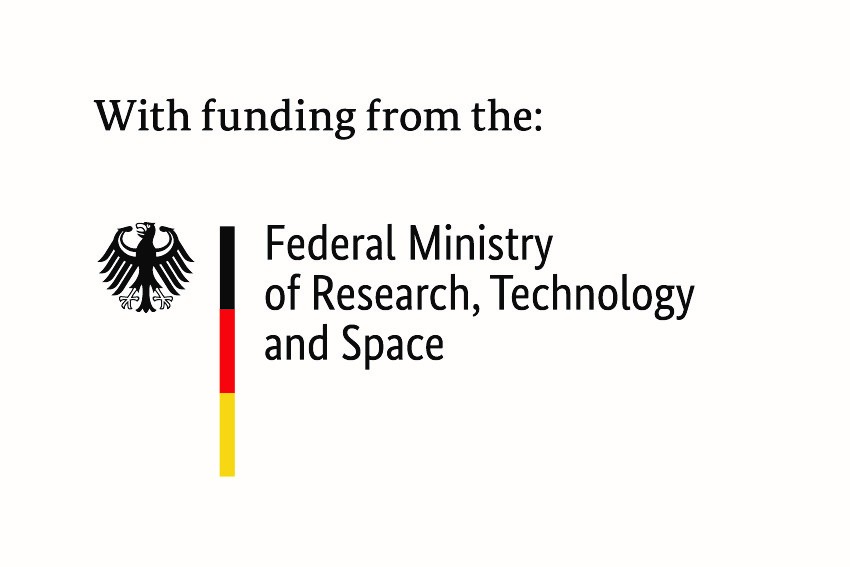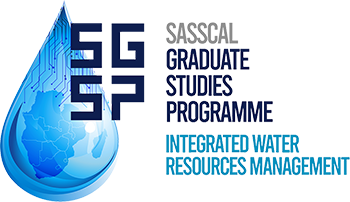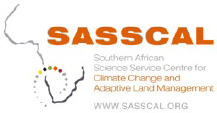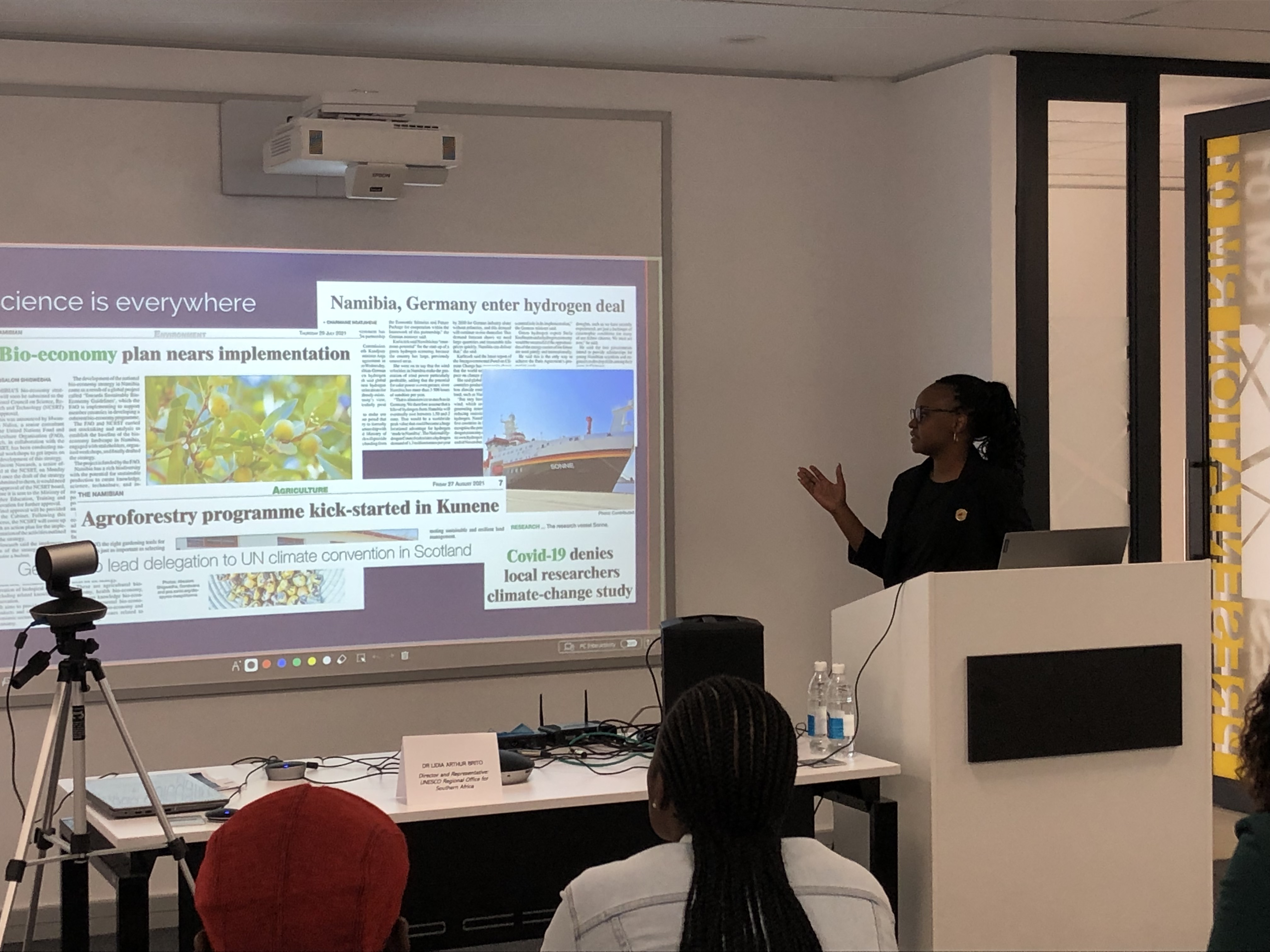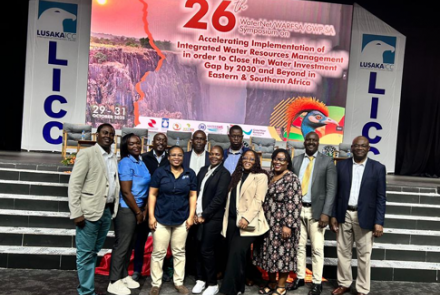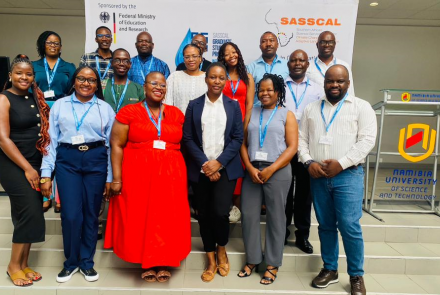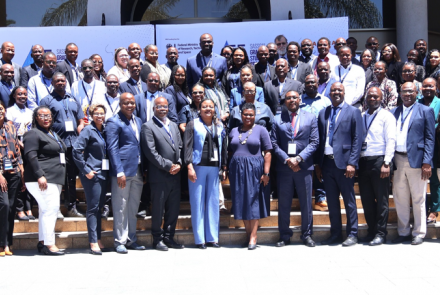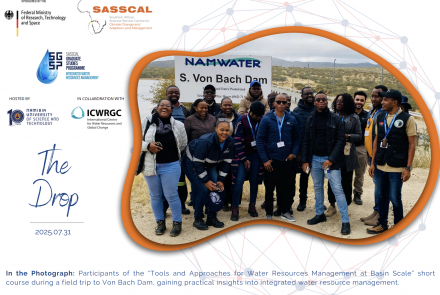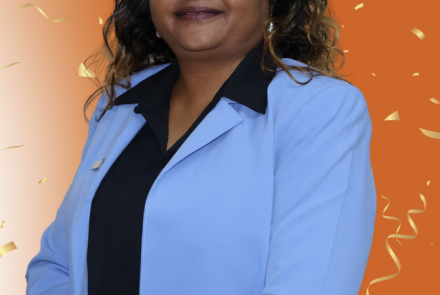Does communicating science matter?
by Dr. Alexandra Giese, Visiting Scientist (US Embassy Science Fellow)
Does communicating science matter? Yes, argued Kuda Brandt, Network and Communication Coordinator for the SASSCAL Graduate Studies Program (SGSP), though the captive audience last Wednesday already knew it was important. Ms. Brandt brought a perspective that few lecturers of science communication do: the expertise from a career in communications. Drawing from her years of experience in journalism, television, and now academia, Brandt presented communications as a means to immerse oneself in the local environment—something that’s particularly important for students who have relocated for graduate school and have new “local” environments now.
Platforms for engaging the public on science are diverse and numerous, ranging from community outreach in written media and school visits to Twitter and WhatsApp. But Brandt distilled the compelling reasons to communicate one’s science into a central theme: knowledge is part of a functioning democracy, and we scientists are in a unique position to inform policymakers and influence the discussion and the decision-making of the populace. For example, scientific literacy engenders informed decision-making on diet and energy choices. Through communicating and interacting with the public, scientists not only educate the public but can also build support for science and put Africa’s scientists and experts in the public consciousness (and eventually on the global stage). Communication is a two-way street; engaging with non-scientists provides the opportunity to understand the perspectives and needs of communities, thereby creating a means to ensuring one’s science is truly relevant in meeting such needs. Additionally, it’s possible that two-way communication can help broaden one’s scientific thinking to encompass new disciplines.
Brandt underscored that communicating in and of itself is not enough. Communication must be coupled with comprehension. She shared a few tips for achieving that comprehension. Consider the impact of the issue on the audience. Make the subject relevant and topical—even better, tell a story and/or incorporate emotion. Tailor messages for the audience (and, on social media, the platform).
There is already an appetite in SASSCAL countries—and across the globe—for knowledge of the research being carried out by SGSP students in Integrated Water Resources Management. The good news for these students is that there are a number of resources at their disposal to guide and support their efforts in science communication. In addition to Ms. Brandt in the Directorate of Research, Innovation, and Partnerships, students can consult the NUST public relations office, which assists in liaising with media, and the substantial science communications material on NUST social media pages (https://www.facebook.com/researchatnust
https://www.facebook.com/NUSTNamibia
https://www.linkedin.com/in/nust-namibia/ ).
